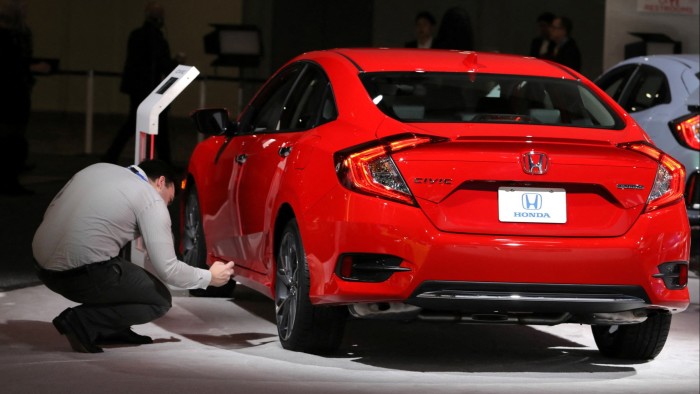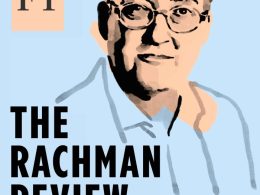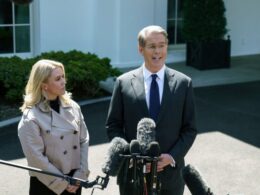Unlock the Editor’s Digest for free
Roula Khalaf, Editor of the FT, selects her favourite stories in this weekly newsletter.
In the 1980s, the Honda Accord transformed the US market. At a time when American roads were dominated by oversized, gas-guzzling sedans, the Accord stood apart, compact, fuel efficient and reliable. By 1989, it had become the best-selling car in the country, overtaking the Ford Taurus and redefining what US drivers expected from a midsize sedan.
One important driver of this success was Honda’s decision to invest directly in the market. In 1982, it became the first Japanese carmaker to build cars in the US, helping it reduce shipping costs and avoid trade barriers that were beginning to mount at the time. But today, that established footprint is facing one of its most serious tests.
While a newly imposed 24 per cent tariff on Japanese imports to the US has been temporarily paused for 90 days, Washington’s trade policy remains volatile. A 10 per cent universal tariff still applies as well as a 25 per cent duty on imported vehicles to the US.
For a company such as Honda, which sells 1.4mn vehicles annually in the US — about 40 per cent of its total global production figure last year — this presents a significant risk. Its exposure to trade actions is greater than peers including Toyota, whose broader international presence, particularly in Europe, offers more insulation from trade disruptions.
Last week, President Donald Trump claimed “big progress” after a surprise meeting with a Japanese trade delegation in Washington about the tariffs he has imposed on global imports. At the same time, Honda is hedging its bets and localising even further, with plans to increase US production by up to 30 per cent over the next two to three years. If realised, this expansion would allow Honda to meet 90 per cent of its US sales with cars built locally, significantly reducing its exposure to tariffs.
But expanding production capacity is inherently complex and time consuming. Building out a manufacturing plant and increasing output can take up to five years. Supply chains must be restructured, workers trained and components sourced locally. The greater challenge, however, lies in the mismatch of timelines: while production plans require years of co-ordinated effort, trade negotiations can shift in a matter of hours, with agreements overturned overnight.
The contrast is striking. The US once welcomed Japanese carmakers as contributors to local employment and economic growth. Today, that same presence is increasingly being seen as a strategic dependence and a point of leverage in trade negotiations. If trade talks stall, Japanese carmakers could see their strong US market presence recast as a structural liability.
Source link









